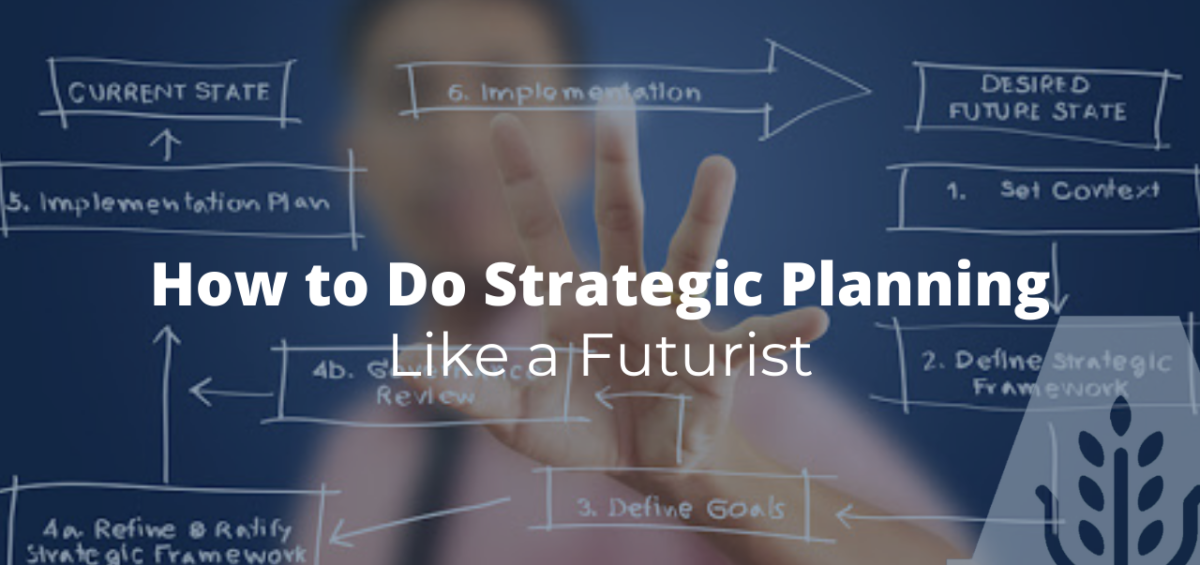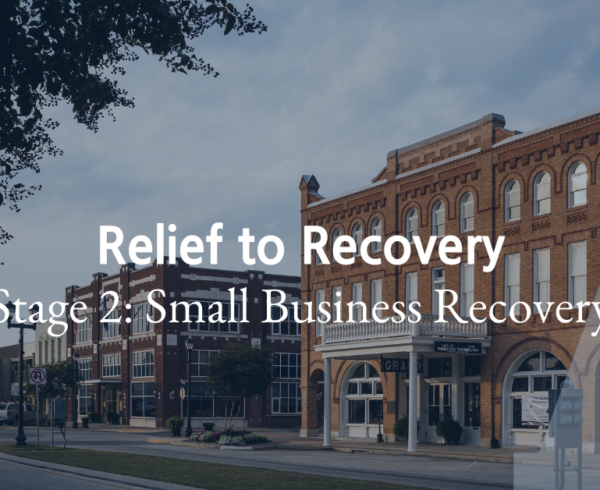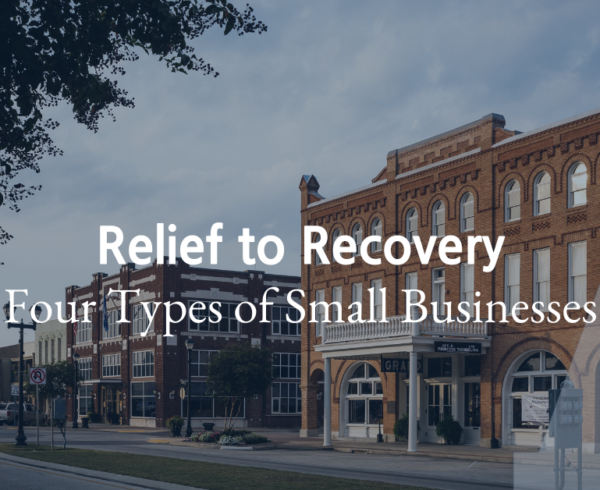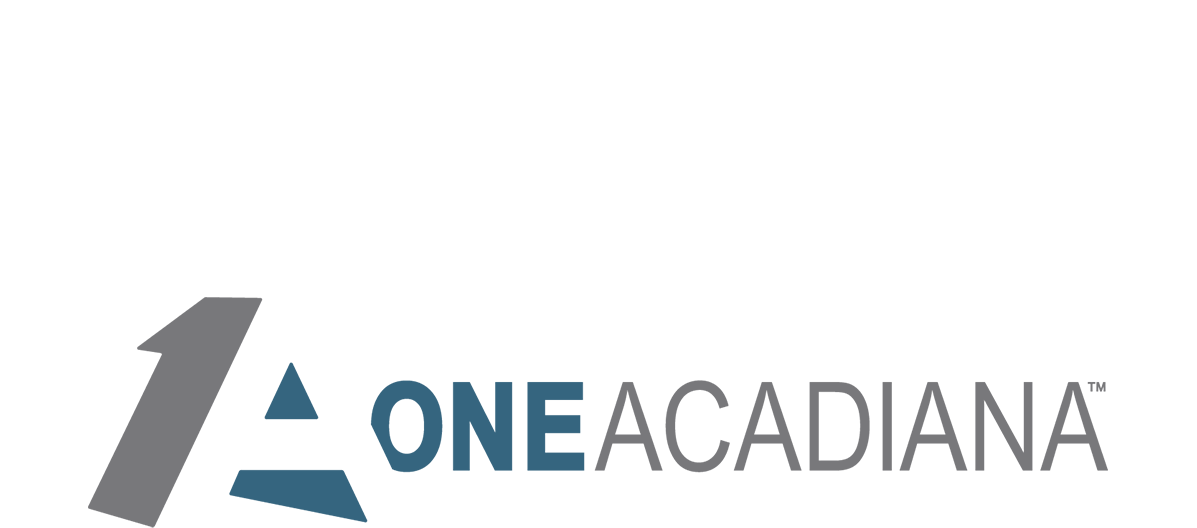Article written by Amy Webb for the Harvard Business Review on July 30, 2019.
I recently helped a large industrial manufacturing company with its strategic planning process. With so much uncertainty surrounding autonomous vehicles, 5G, robotics, global trade, and the oil markets, the company’s senior leaders needed a set of guiding objectives and strategies linking the company’s future to the present day. Before our work began in earnest, executives had already decided on a title for the initiative: Strategy 2030.
I was curious to know why they chose that specific year-2030-to benchmark the work. After all, the forces affecting the company were all on different timelines: changes in global trade were immediate concerns, while the field of robotics will have incremental advancements, disappointments, and huge breakthroughs, sometimes years apart. Had the executives chose the year 2030 because of something unique to the company happening 11 years form today?
The reason soon became clear. They’d arbitrarily picked the year 2030, a nice round number, because it gave them a sense of control over an uncertain future. It also made for good communication. “Strategy 2030” could be easily understood by employees, customers, and competitors, and it would align with the company’s messaging about their hopes for the future. Plus, when companies go through their longer-term planning processes, they often create linear timelines marked by years ending in either 0s or 5s. Your brain can easily count in fives, while it takes a little extra work to count in 4s or 6s.
Nice, linear timelines offer a certain amount of assurance: that events can be preordained, chaos can be contained, and success can be plotted and guaranteed. Of course, the real world we all inhabit is a lot messier. Regulatory actions or natural disasters are wholly outside of your control, while other factors-workforce development, operations, new product ideas-are subject to layers of decisions made throughout your organization. As all those variables collide, they shape the horizon.
Chief strategy officers and those responsible for choosing the direction of their organizations are often asked to facilitate “visioning” meetings. This helps teams brainstorm ideas, but it isn’t a substitute for critical thinking about the future. Neither are the one, three, or five year strategic plans that have become a staple within most organizations, though they are useful for addressing short-term operational goals. Deep uncertainty merits deep questions, and the answers aren’t necessarily tied to a fixed date in the future. Where do you want to have impact? What it will take to achieve success? How will the organization evolve to meet challenges on the horizon? These are the kinds of deep, foundational questions that are best addressed with long-term planning.
Why We Avoid Long-Term Timelines
As a quantitative futurist, my job is to investigate the future using data-driven models. My observation is that leadership teams get caught in a cycle of addressing long-term risk with rigid, short-term solutions, and in the process they invite entropy. Teams that rely on traditional linear timelines get caught in a cycle of tactical responses to what feels like constant being foisted upon them from outside forces. Over time, those tactical responses-which take significant internal alignment and effort-drain the organization’s resources and make them vulnerable to disruption.












